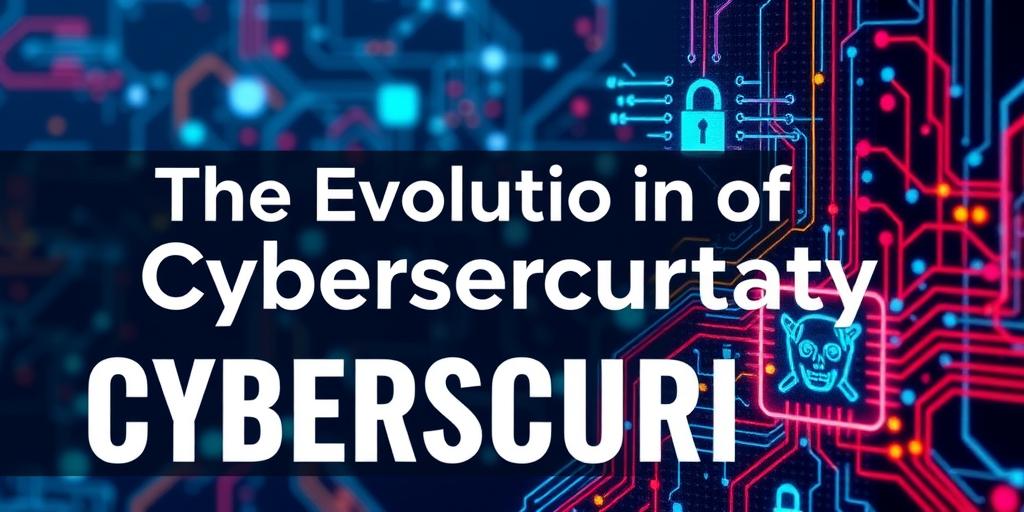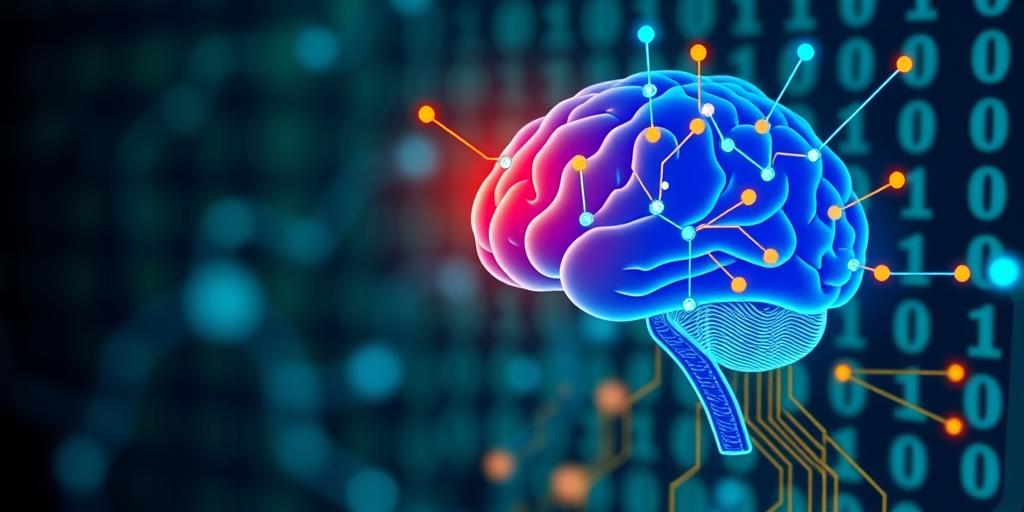Deep Dive The Evolution of Cybersecurity Threats
Explore the evolution of cybersecurity threats from simple viruses to AI-powered cybercrime. Learn how threats have changed and what to expect in the future.

Deep Dive The Evolution of Cybersecurity Threats
The Evolution of Cybersecurity Threats: A Deep Dive
In today's digital age, cybersecurity is no longer just an IT concern; it's a critical business imperative. As technology evolves, so do the threats targeting our data and infrastructure. This post will delve into the evolution of cybersecurity threats, examining how they've changed over time and what we can expect in the future.
Early Days: The Rise of Viruses and Worms
The early days of cybersecurity were marked by relatively simple threats like viruses and worms. These malicious programs often spread through infected floppy disks or email attachments and were designed to disrupt computer systems or steal data. While these threats were disruptive, they were generally unsophisticated compared to modern attacks.
The Dot-Com Era: Hacking for Fame
As the internet gained popularity in the late 1990s and early 2000s, hacking became more widespread. Hackers often targeted websites and online services for fame or notoriety, using techniques like denial-of-service (DoS) attacks and website defacements. These attacks were often motivated by ego rather than financial gain.
The Age of Malware: Organized Crime and Financial Gain
The rise of organized crime in the digital realm led to a new era of malware. Cybercriminals began developing sophisticated malware programs designed to steal financial information, such as credit card numbers and bank account details. Phishing attacks, which trick users into revealing sensitive information, also became more common.
The Era of Advanced Persistent Threats (APTs): Nation-State Actors
In recent years, we've seen the emergence of advanced persistent threats (APTs), which are sophisticated, targeted attacks carried out by nation-state actors or well-funded criminal organizations. APTs often involve long-term reconnaissance, custom malware, and social engineering to gain access to sensitive systems and data.
Modern Threats: Ransomware, IoT Attacks, and AI-Powered Cybercrime
Today, cybersecurity threats are more diverse and complex than ever before. Ransomware attacks, which encrypt a victim's data and demand a ransom for its release, have become increasingly prevalent. The rise of the Internet of Things (IoT) has also created new attack vectors, as billions of connected devices are often poorly secured.
Furthermore, the rise of artificial intelligence (AI) is poised to revolutionize cybercrime. AI-powered attacks can automate tasks, evade detection, and adapt to defenses in real-time, making them incredibly difficult to defend against.
Looking Ahead: The Future of Cybersecurity Threats
As technology continues to evolve, we can expect cybersecurity threats to become even more sophisticated. Quantum computing, for example, could render current encryption methods obsolete, while the metaverse could create new opportunities for cybercriminals to exploit. To stay ahead of these threats, organizations must invest in robust cybersecurity measures, including threat intelligence, incident response, and employee training.
By understanding the evolution of cybersecurity threats, we can better prepare for the challenges of the future and protect our digital assets from harm.







